Amazon whiptail catfish - Farlowella amazonum
Scientific name: Farlowella amazonum
Common name: Amazon whiptail catfish
Family: Loricariidae
Usual size in fish tanks: 20 - 24 cm (7.87 - 9.45 inch)
014
Recommended pH range: 6.4 - 7.3
Recommended water hardness: 4 - 15°N (71.43 - 267.86ppm)
0°C 32°F30°C 86°F
Recommended temperature range: 23 - 27 °C (73.4 - 80.6°F)
The way how these fish reproduce: Spawning
Where the species comes from: South America
Temperament to its own species: peaceful
Temperament toward other fish species: peaceful
Usual place in the tank: Bottom levels
Food and Feeding
The Amazon Whiptail Catfish (Farlowella amazonum) is an omnivore with a strong preference for plant-based foods. In the wild, they primarily graze on biofilm and algae, but in captivity, their diet should be supplemented with a mix of high-quality foods. To ensure proper nutrition, provide:
- Staple diet: Sinking pellets, algae wafers, and high-quality flake food.
- Vegetable matter: Blanched spinach, zucchini slices, shelled peas, and cucumber.
- Occasional protein-based foods: Bloodworms, chopped cockles, and frozen brine shrimp.
Feeding should be done once or twice a day in small portions. Since they are slow eaters, avoid keeping them with highly competitive fish that may outcompete them for food.
Origin
Native to South America, the Amazon Whiptail Catfish is primarily found in the waterways of Brazil, including slow-moving rivers, flooded areas, and tributaries with soft, acidic water. Their natural habitat is rich in submerged vegetation, driftwood, and sandy or muddy substrates.
Sexing
Sexing Farlowella amazonum is relatively straightforward when they reach maturity. Key differences include:
- Males: Have a serrated, bristly texture along their cheeks and snout.
- Females: Have a smoother face without serrations.
Breeding
Breeding Farlowella amazonum in captivity is possible but requires specific conditions. They are egg-layers, and males take on parental responsibilities. To encourage spawning:
- Provide PVC pipes, driftwood, or flat stones as spawning sites.
- Maintain stable water parameters with soft, slightly acidic water (pH around 6.5 - 7.0).
- Perform frequent partial water changes to mimic rainy season conditions.
During spawning, the female lays eggs on a smooth surface, such as a pipe or piece of driftwood. Once fertilized, the male guards the eggs until they hatch, typically within 5-7 days. The fry become free-swimming a few days later and should be fed on blanched vegetables, algae wafers, and crushed spirulina flakes.
Lifespan
With proper care and optimal tank conditions, Farlowella amazonum can live for 5-8 years.
Tank Setup and Behavior
The Amazon Whiptail Catfish is peaceful and social, preferring to live in small groups. Due to their delicate nature, they should only be housed with similarly calm and non-aggressive fish. Recommended tank setup includes:
- Substrate: Soft sand or fine gravel to prevent injury.
- Hiding places: Driftwood, caves, and dense plant coverage.
- Water parameters: pH 6.4 - 7.3, temperature 23 - 27°C (73.4 - 80.6°F).
- Filtration: A gentle filter with minimal current to avoid stressing the fish.
They tend to be timid and may hide frequently if housed with boisterous species. A peaceful community tank with plenty of shaded areas will encourage them to be more active.
Suitable Tank Mates
Due to their gentle nature, Farlowella amazonum should be kept with peaceful, slow-moving fish. Suitable tank mates include:
- Neon Tetras – Small, peaceful schooling fish.
- Ember Tetras – Ideal due to their calm nature.
- Harlequin Rasboras – Non-aggressive mid-level swimmers.
- Otocinclus Catfish – Complementary algae grazers.
- Corydoras Catfish – Compatible bottom dwellers.
Tank mates to avoid:
- Oscars – Too aggressive and territorial.
- Convict Cichlids – Can outcompete them for food.
- Tiger Barbs – Known fin-nippers that may harass whiptails.
Recommended Plants
Since these catfish prefer environments rich in submerged vegetation, adding live plants will help replicate their natural habitat. Suitable plants include:
- Java Fern – Hardy and grows well on driftwood.
- Anubias – Provides shade and shelter.
- Cryptocoryne Wendtii – Great for mid-ground planting.
- Java Moss – Encourages algae growth for grazing.
Short Description
The Amazon Whiptail Catfish (Farlowella amazonum) is a unique, elongated catfish known for its stick-like appearance and calm demeanor. It is an excellent addition to a peaceful community tank, particularly in well-planted setups. Due to their slow eating habits, care should be taken to ensure they receive adequate food. Their interesting breeding behavior and gentle nature make them a fascinating species for aquarists looking for something different.
Pictures
Bought by aqua-fish.net from jjphoto.dk.
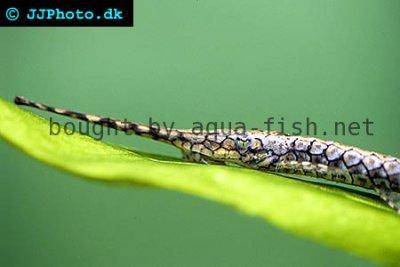


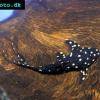 Adonis
Adonis 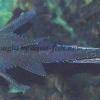 Lyre
Lyre 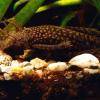 Bristlenose
Bristlenose 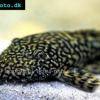 Gold
Gold  Bushymouth
Bushymouth  Spotted
Spotted 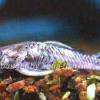 Medusa
Medusa 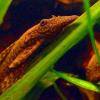 Bristlenose
Bristlenose 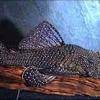 Starlight
Starlight 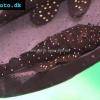 Spotted
Spotted 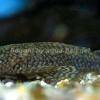 Catfish
Catfish 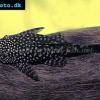 Bushynose
Bushynose 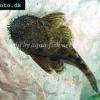 Bristlenose
Bristlenose  Green
Green 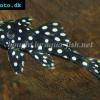 LDA-33
LDA-33 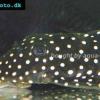 Snowflake
Snowflake 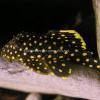 Gold
Gold 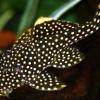 Gold
Gold 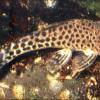 Bulldog
Bulldog 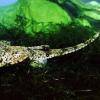 Dasyloricaria
Dasyloricaria  Butterfly
Butterfly 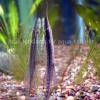 Whiptail
Whiptail  Twig
Twig 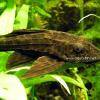 Spotted
Spotted 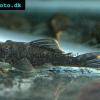 Spotted
Spotted 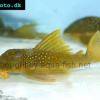 Lemon
Lemon 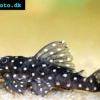 Pleco
Pleco 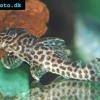 Peruvian
Peruvian 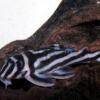 Zebra
Zebra 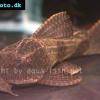 Pleco
Pleco 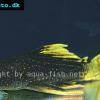 Hypostomus
Hypostomus 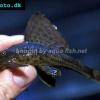 Pleco
Pleco 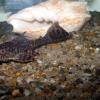 Suckermouth
Suckermouth 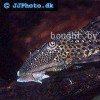 Spotted
Spotted  Woodeating
Woodeating 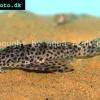 Golden
Golden 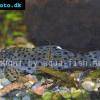 Sultan
Sultan 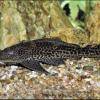 Multiradiatus
Multiradiatus 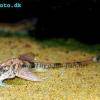 Marbled
Marbled 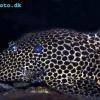 Pleco
Pleco 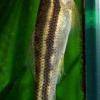 Dwarf
Dwarf 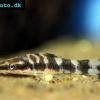 Dwarf
Dwarf 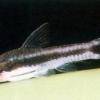 Dwarf
Dwarf 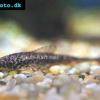 Oxyropsis
Oxyropsis 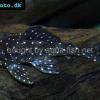 Orange
Orange 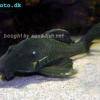 Blue
Blue 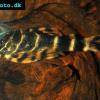 Clown
Clown 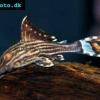 Royal
Royal 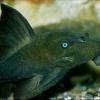 Blue
Blue 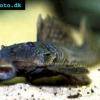 Rubber
Rubber  Goby
Goby 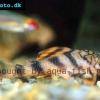 Wormline
Wormline  Para
Para  Tiger
Tiger 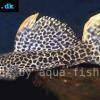 Leopard
Leopard 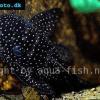 Spiny
Spiny 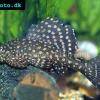 Marbled
Marbled 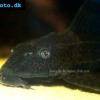 Amazon
Amazon  Common
Common 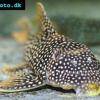 Sunshine
Sunshine 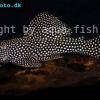 Golden
Golden